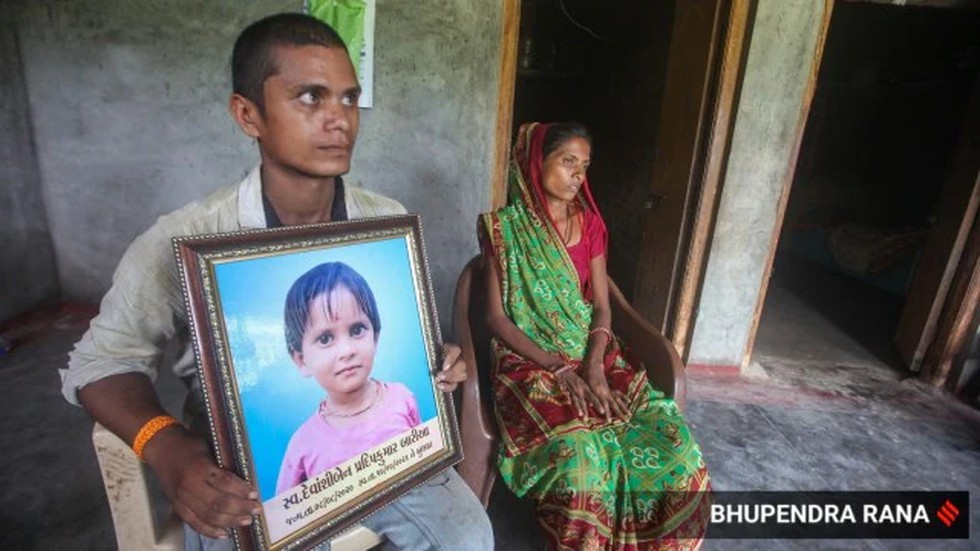About Acute Encephalitis Syndrome (AES):
- It is characterized by a sudden onset of high-grade fever, convulsions, altered sensorium, and multi-organ dysfunction. Other common symptoms include vomiting, diarrhoea, and in severe cases, respiratory failure with nasal bleeding.
- AES can be caused by a variety of pathogens, including viruses, bacteria, fungi, and parasites, as well as toxins and chemicals.
- Diagnosis challenges: The diagnosis of AES can be challenging due to the similarity of symptoms with other viral infections like Chandipura Vesiculovirus (CHPV), Enterovirus, Meningitis, and Japanese Encephalitis.
Specifics of the Gujarat outbreak:
- Spread across regions: The outbreak spread over 26 of the 33 districts in Gujarat, affecting both rural and urban areas. Six major cities in the state reported cases, with some patients from neighbouring states like Rajasthan, Madhya Pradesh, and Maharashtra also admitted to Gujarat hospitals.
- Patient zero: The first confirmed case in Gujarat was a four-year-old girl from Aravalli district, who unfortunately passed away before her CHPV diagnosis was confirmed.
- Fatalities and Caseload: As of August 19, 2024, the AES caseload in Gujarat stood at 178 cases, with 78 deaths. Among the deceased, 28 children (36%) tested positive for CHPV, highlighting the complexity of the outbreak.
